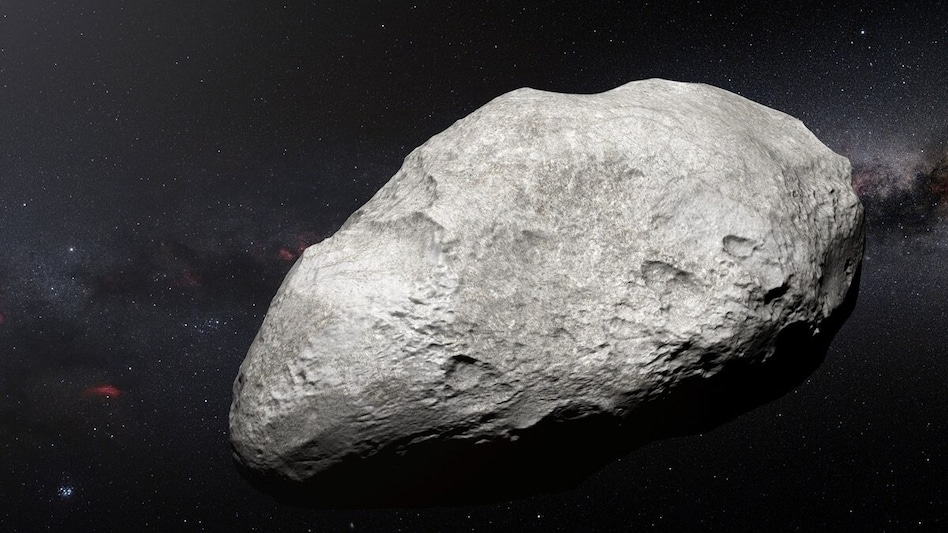NASA sounds alert: Stadium-sized asteroid heading straight towards Earth at 16km per second
NASA’s Jet Propulsion Laboratory (JPL) is using an advanced tracking system to monitor the orbit of 2024 RV50. According to their calculations, 2024 RV50 is scheduled to pass Earth on October 18 at a speed of 16 km/second at a distance of about 7.42 million km.

The next time this asteroid will encounter our planet will be on October 18, 2064, when it come nearer at a distance of about 5.67 million km.
NASA has issued a warning of a stadium-sized asteroid heading straight towards Earth at high speed. The asteroid about 710 feet wide, comparable to a stadium, will approach the blue planet on October 18.
Asteroid 2024 RV50 was discovered on September 1, and belongs to the Apollo group of asteroids. It takes 769 Earth days, or 2.1 Earth years, to orbit the Sun, passing at a maximum distance of 386 million km from the Sun and coming within 105 million km of it.
Astronomers are currently unable to precisely determine the size of the asteroid. Asteroid 2024 RV50 is potentially hazardous. A potentially hazardous object is a near-Earth object, either an asteroid or a comet, whose orbit could bring it very close to Earth and which is large enough to cause significant damage in the event of a collision.
When will it approach Earth?
NASA’s Jet Propulsion Laboratory (JPL) is using an advanced tracking system to monitor the orbit of 2024 RV50. According to their calculations, 2024 RV50 is scheduled to pass Earth on October 18 at a speed of 16 km/second at a distance of about 7.42 million km.
The next time this asteroid will encounter our planet will be on October 18, 2064, when it come nearer at a distance of about 5.67 million km.
It does not pose a threat to Earth and the risk of any significant impact on Earth is minimal. The possibility of an asteroid hitting Earth is a serious concern, but with current asteroid detection and tracking capabilities, and potential mitigation strategies, the risk is manageable.
NASA continuously monitors asteroid movements using advanced observation tools. These techniques help scientists predict potential threats to Earth. NASA uses advanced observation techniques and modelling to track asteroid paths. This helps scientists predict possible threats. Asteroids have significantly changed Earth’s biosphere in the past. For example, the asteroid that struck the Yucatán Peninsula 6.5 million years ago is thought to have wiped out 75% of Earth’s species, including the dinosaurs.
The scientific interest in asteroids is due largely to their status as the remnant debris from the inner solar system formation process. Because some of these objects can collide with the Earth, asteroids are also important for having significantly modified the Earth’s biosphere in the past.
NASA’s JPL constantly scans the skies for potentially hazardous asteroids, tracking their paths to ensure Earth’s safety. This careful monitoring offers insights into these ancient objects, shedding light on the solar system’s history.